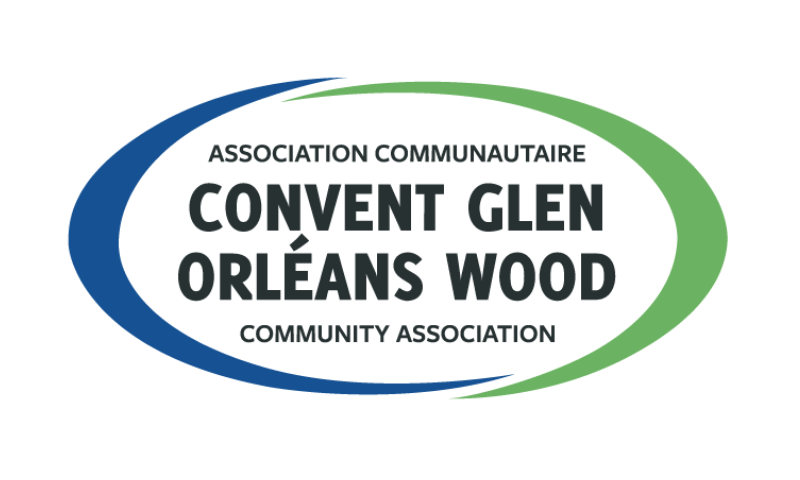
Matthieu Gagnon, Vice-President
Since I joined the community association, I have been thinking about what role we should take when it comes to advocating for our community needs, which is one of the elements of our new strategic plan. The community association is in a weird spot where we represent members of our community in a manner that is not formally recognised in the city’s power structure. We don’t have any official power to change things. Still, we do have some ability to mobilise community members. We also have the ear of our councillor, Laura Dudas, who has been great about keeping us informed and connecting us to the right people in the city who are in a position to address our concerns. After reflection, I decided that the best course of action for our advocacy is act as a change agent by holding the city accountable for the official plans, facilitating changes in our community and helping our neighbours to adapt to those changes.
The city’s official plans were created through a democratic process through a lot of consultations with various stakeholders including community members, groups, business associations, developers, etc. The high-level policies in the plan are generally in line with the principles of new urbanism. However, the implementation of the plans often faces scrutiny by fringe groups and people who would prefer to have the city stay as it is and resist change as much as possible. Our neighbourhood is not a museum and the consequences of trying to prevent that change can be seen through several crises that the city is facing including but not limited to the housing crisis, the cost of living crisis, and climate change. As a community association, we need to be the stakeholder that scrutinizes the plans for our community to ensure that they are in our best interest and not in the interest of other stakeholders.
The official plans, however, comprise a lot of changes to our community. Even though a lot of the proposed changes lead to a desirable end state, the changes leading up to that final state can be difficult. As a community, we will have to continue to deal with various construction projects much like we experienced with the LRT extension. We will also have to deal with some situations where infrastructure fails to keep up with development. For example, there is a development application for 1887 St-Joseph currently in progress. This development is in line with the official plans. It is the first development of its kind around Jeanne D’Arc Station, an area slated for such developments in the official plan. The proposal is for 1,076 units with 495 parking spaces for residents. In the end state of the official plan, this makes sense since St-Joseph would have bike lanes and a walk to Jeanne D’Arc station would allow easy access to rapid transit. However, in the current state, most people will want access to a car for grocery stores and access various amenities that are currently too far to walk, too scary to bike to and too inaccessible by transit (walking beats transit for local trips most of the time). This would lead to a lot more cars in an area that already has a lot of cars. As a community association, it is our role to point to those issues and work with the city to hopefully get them addressed before residents move in and form habits that are hard to break.
We also need to help residents adapt to change. For example, the most difficult change will be to change transportation behaviour away from driving to active transportation or transit. We are lucky that our community already has a good start for bike transportation with the Ottawa River Pathway. This means that we have several people who use it to commute to work and to run errands by bike instead of by car. Most of our community association board uses active transportation to various degrees to commute and run errands. Three of us have cargo bikes that we use to ferry our kids around. I am even trying to figure out how to do these things in the winter with mixed success (it’s the lack of maintained infrastructure that is the problem and not the cold). We have made mistakes and gone through struggles to get to a point where hopping on two wheels is not just easy but the preferred option (I get bored, miserable and aggressive while driving). We are ready and willing to help ease others into the habit.
As a community association, we are in a good position to hold the city accountable for its plans and to mobilize residents when the city deviates from them. We are also in a position to inform the city and developers on what is needed to ensure that projects are accepted and well implemented in our community from initiation to execution to closing. We are also ready and willing to figure out how people can adapt to those changes and to help people in the transition. As a board, we hope to continue to get better and do those things in the hopes of making our community more inclusive, collaborative and sustainable.





 Pumpkin Alley (Nov 1)
Pumpkin Alley (Nov 1)






3 pings
[…] CA is for Change Agent […]
[…] a community association board member, a big part of our role is to validate claims the city makes when making decisions regarding policy, development and […]
[…] a community association board member, a big part of our role is to validate claims the city makes when making decisions regarding policy, development and […]